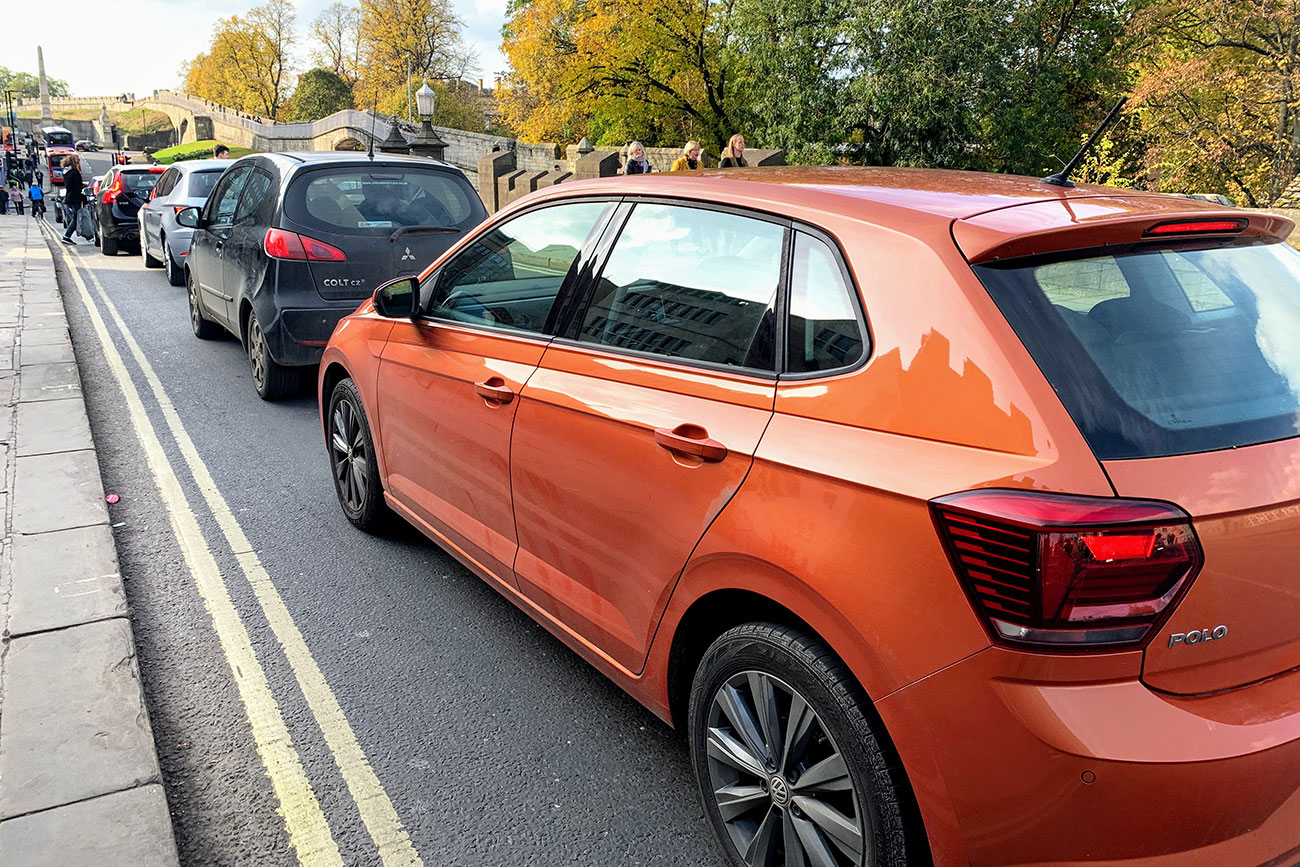York has gone high-tech in the battle against traffic congestion.
It has become the first city in the UK to introduce city-wide real time transport modelling to help ease congestion and pollution.
This cutting-edge technology has reduced travel times by nearly ten per cent in areas where it has already been tried.
Related
Previously, the council has monitored the network through staff monitoring CCTV and social media feeds. Operators manually implemented signal changes to manage the flow of traffic better in busy periods.
With the new PTV Optima installed in the control room, the council can adopt a more pro-active approach in monitoring and changing the network live to best suit traffic conditions.
“For example, if there was a road traffic collision on the York outer ring road, the new software will be able to predict the impact on the wider road network based on the current traffic conditions.
“This will give the council the ability to react ‘live’ by changing traffic light timings across the city (where needed) and informing people sooner of the impact and possible delays,” a council spokesperson said.
Managing the flow

This is the first real-time transport model of this scale that has been used for live traffic management in the UK. Other cities outside of the UK to use similar modelling include Vienna, Abu Dhabi, Moscow and Sydney.
Dave Atkinson, head of programmes and smart place at City of York council, said: “We’re delighted to be the first city in the UK to introduce this innovative and cutting-edge technology to improve journeys and reduce pollution in York.
“At this early stage it’s already proving to be a success. We’re able to predict future traffic levels based on our live traffic behaviour and manage the flow of traffic better in busy periods by adjusting traffic lights to best suit traffic conditions.”
How it works
The York Optima real-time model is a rolling live prediction of traffic conditions across the city. It combines offline dynamic transport models with live traffic data to provide the council’s control room with a network-wide forecast of current and forecast congestion.
The model is integrated with over 100 live traffic flow sensors, 100+ live signal controllers, live speed data across the network provided by TomTom, and up-to-date information about roadworks and other network changes.
The live model combines all this data into a single view so that the control room can then use this information to see in detail what is happening across the whole network, and not only in those locations with sensors or CCTV.
City of York Council is working in partnership with PTV Group, Wood Group and independent strategic modelling experts RelativeGAP on the scheme.
It was introduced after the council successfully bid for money from the government’s ‘Smarter Travel Evolution Programme’.
